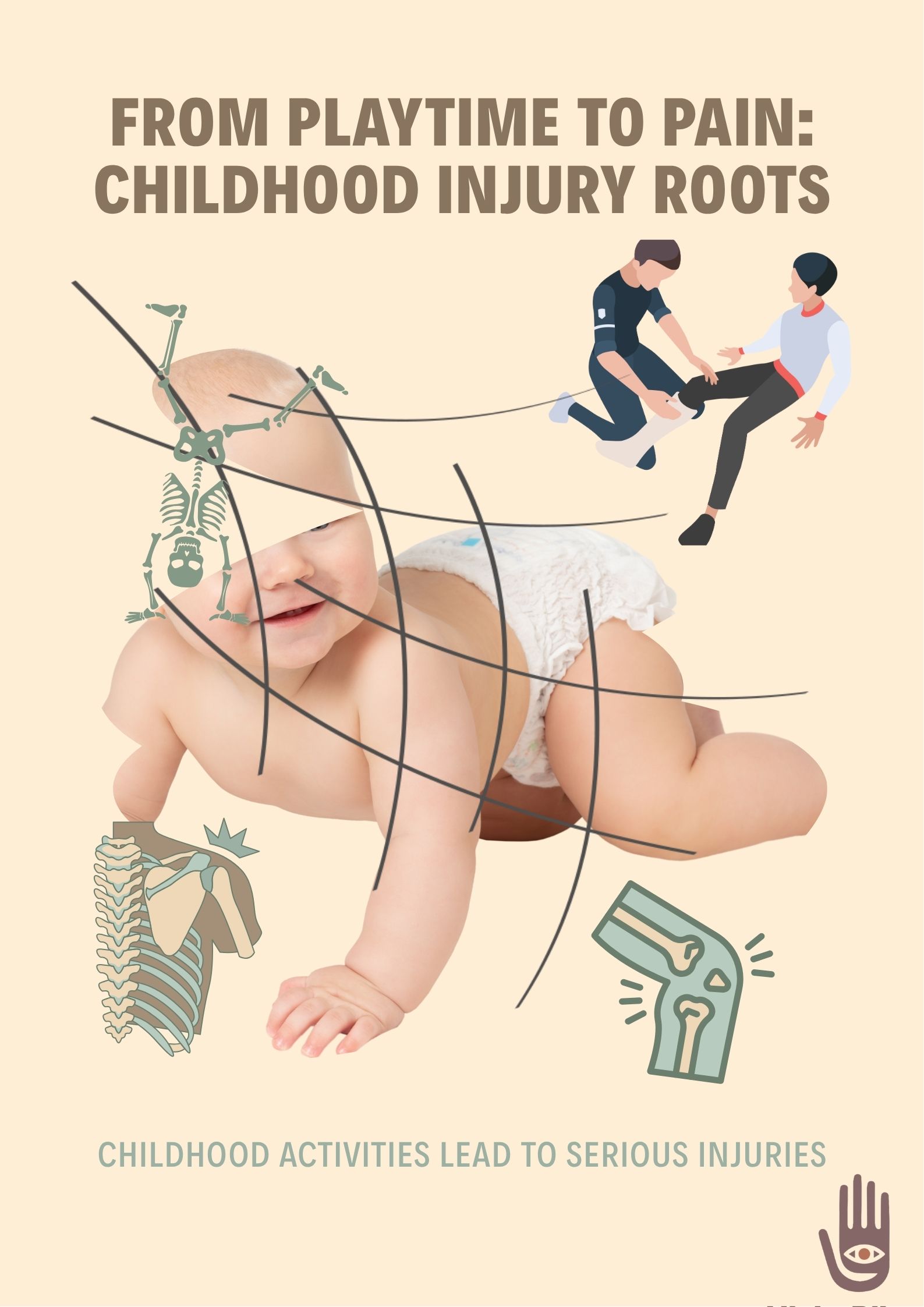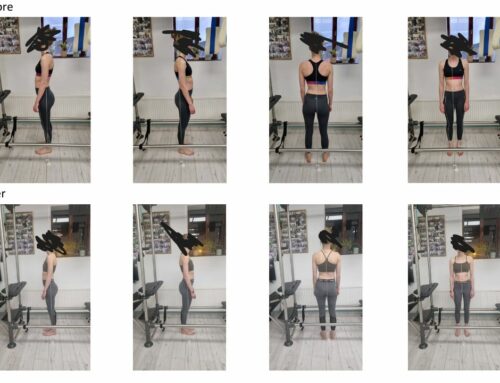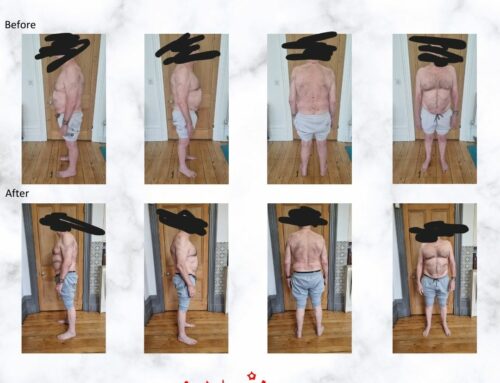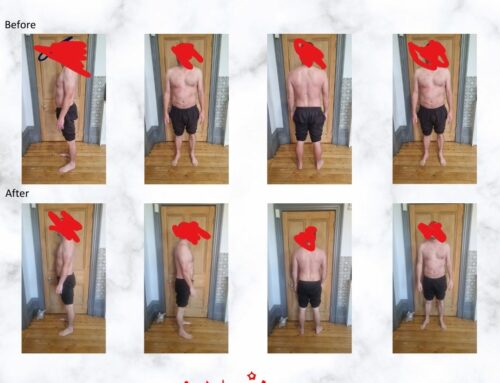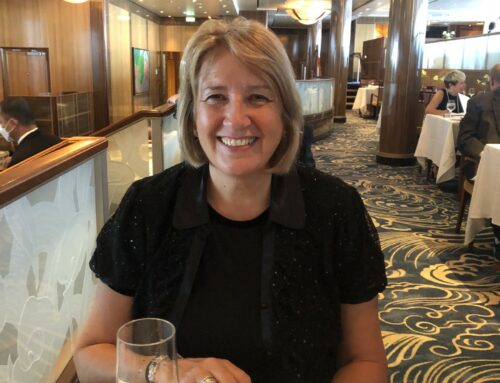The biggest secret of movement patterns in life actually spans from infant development. Most medical and therapy specialists treat injuries, without looking at the ergonomics of the environment in which the person lives in, plus diet and lifestyle factors. This includes our psyche, that being emotional and mental factors.
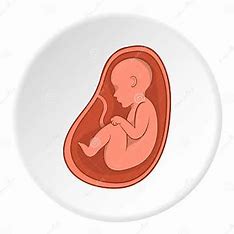
Infant development will carry you through your whole life span. Injury is a symptom of a postural imbalance or dysfunction. There are seven stages of infant development. Our spinal curves are developed and stabilized through each infant development stage. Failure to complete any stage results in poor posture and diminished joint stability. The first basic curve that we see is in later stages of embryo development, this is known as a primary curve, we are concave at the front and convex at the back. The first time that the spine moves out of its primary curve is when it travels and negotiates the hairpin curve of the birth canal. The neck then develops its secondary lordotic curve for the very first time.
When the baby is born and starts to move and crawl, this stimulates the spine from different angles through pressure points, especially on the belly side including the wrist, elbow, arm and shoulder. These reflex points are known as Vojtas and are sensitive to pressure points that will affect our motor ability. Our internal organs and glands also contribute to either good or poor movement. This is because a stressed digestive system resulting in inflammation will cause compensatory movement.
‘The below illustration shows the starting position for reflex creeping and its stimulation zones. These “stimulus points”, in conjunction with the joint angles of the extremities and of the head, start the motor sequence for the creeping sequence with its muscular activities.’ Vojta images 1
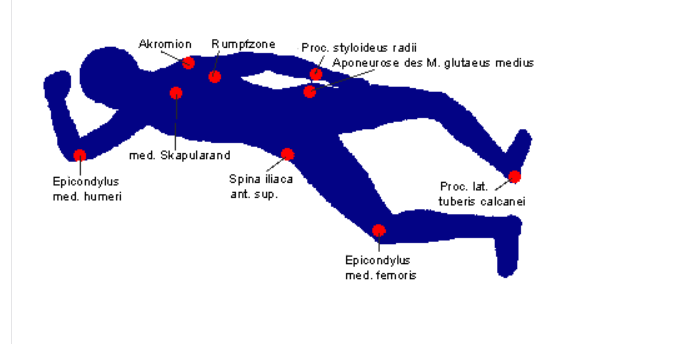
Our tissues, fascia and ligaments adapt to our posture. We hold ourselves in relation to our central nervous system and how we are dealing with life. A conducive environment for growth of infants was always on the side of riverbeds. This is because tribes sought a water source and women gave birth on the banks, as the baby grew the softness of the ground which in turn stimulated reflex locomotion, which is activated from the three main positions: prone, supine and side lying.
Length/tension relationships or opposites are necessary for balance and equilibrium. When the body is working correctly, joints are suspended within the musculoskeletal system and fascial bag. This is known as: ‘Tensegrity’. Buckminster Fuller created the term tensegrity to describe “self-tensioning structures composed of rigid structures and cables, with forces of traction and compression, which form an integrated whole.”
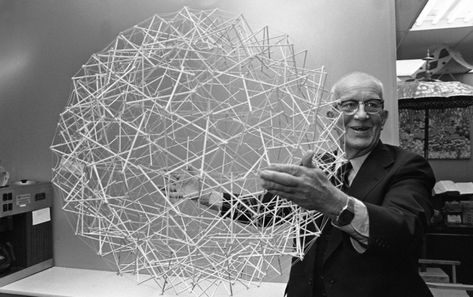
Georgia Victor states that: “It is used today to explain the organization of the elements that make up living beings according to the characteristics of their geometry. This spatial organization forms a continuous field of tensions and compressions in constant equilibrium, in a game of tensions with the force of gravity.”
Joint stability
Pilates practitioners use the term; “stabilize then mobilise”, other practitioners reverse this and say: ‘mobilise then stabilise’. This is really has to be looked at in the context to understand what the therapist means.
Let’s break this down anyway and look at a deeper level:
There are three enemies of joint stability –
- Compression
- Torsion
- Sheer (sliding forces)
A natural and dynamic tone in the body will work with all forces including gravity freely and effortless. Toxins in the environment as well as the ultra-processed food we eat create stress which in turn effect organs, glands, our powerhouse, and our nervous system. Our ability to move will reflect what needs mobilizing, stabilizing, loosening, relaxing and strengthening. A gifted teacher/coach will always look at what the client needs. The tone of the body is crucial for working everything in relation to daily stressors including gravity.
Let’s look at this sample clients posture below, if we stay in this position our bodies tissues, ligaments and joints will adapt to this position. Then if we come to lift a suitcase an injury will occur, meaning that there has been a compensation somewhere in the chain due to poor posture. This is why it is essential is to come from neutral.
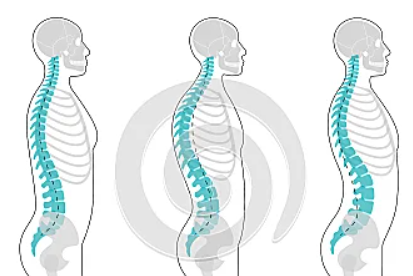
They may be overarching in the lumbar due to compressional forces including sheering in the thoracic. When the body works correctly the forces of compression, torsion and sheer are dissipated through the feet into the ground or in the object that you are holding.
So what exactly is posture?
According to Feldenkrais, “Ideal posture is the position from which the musculoskeletal system functions most efficiently.”
“The position of the limbs or the carriage of the body as a whole.” (Stedman’s medical dictionary, 25th ed.)

